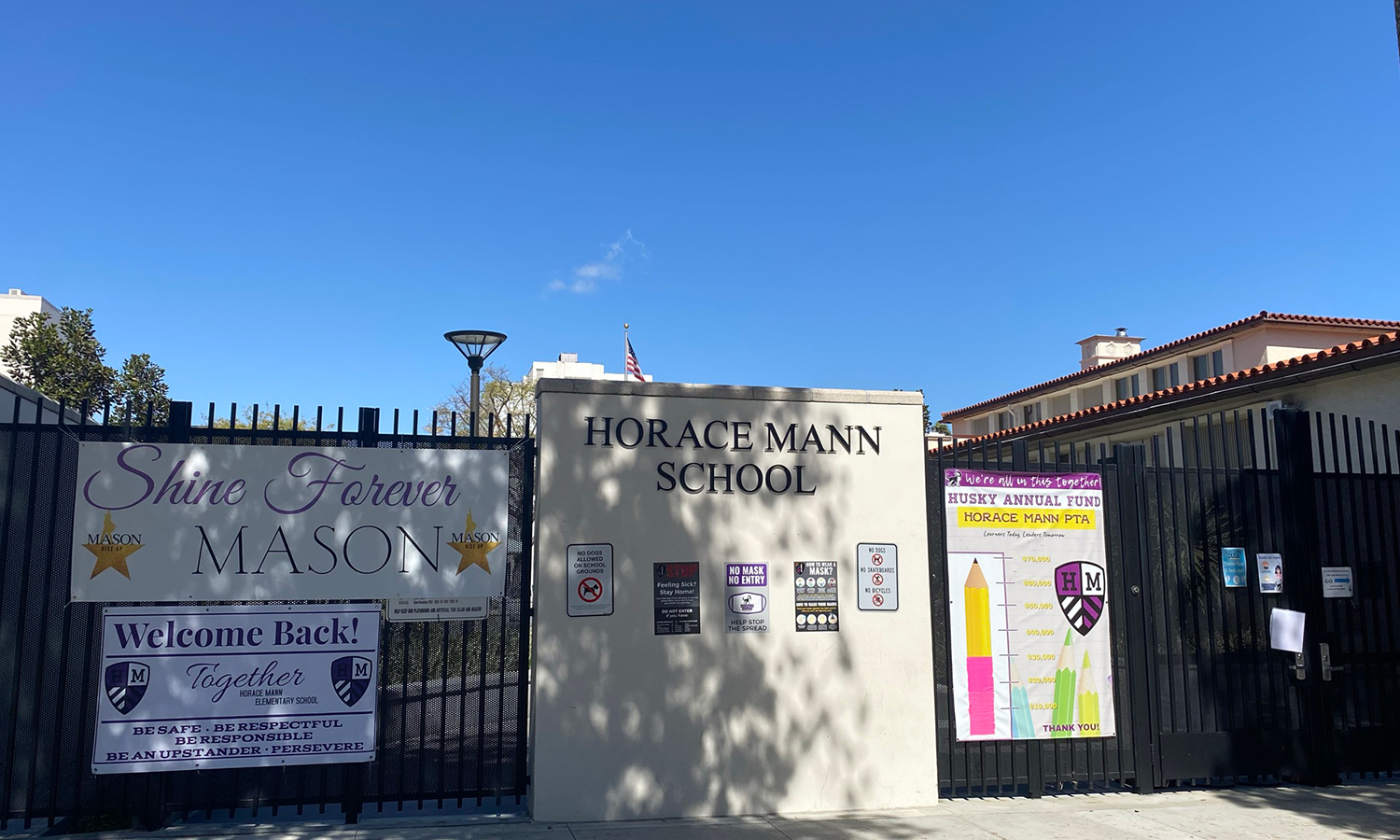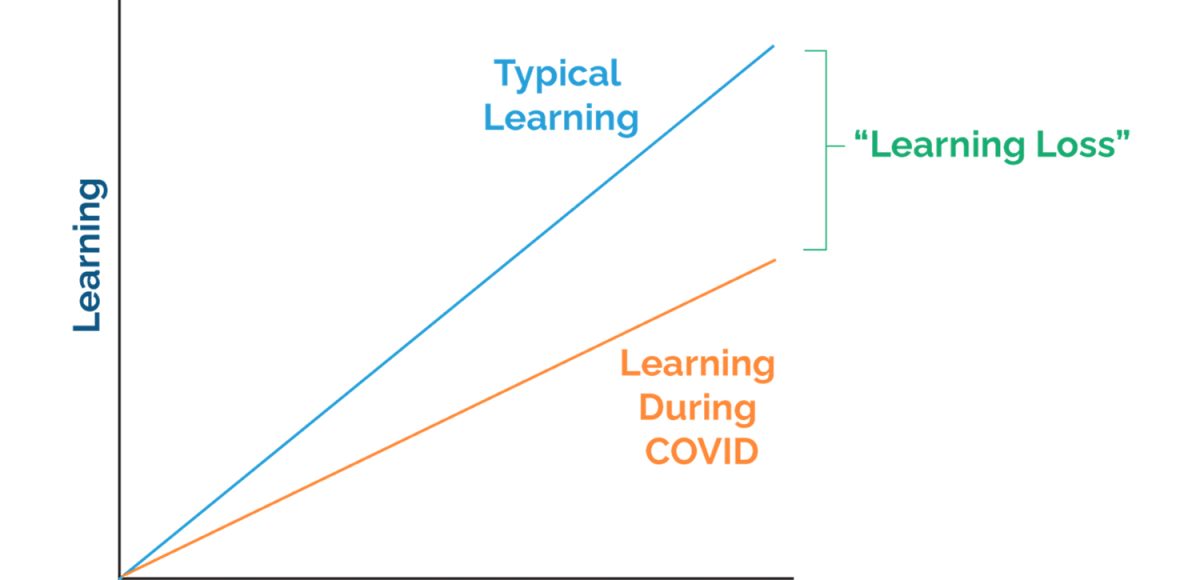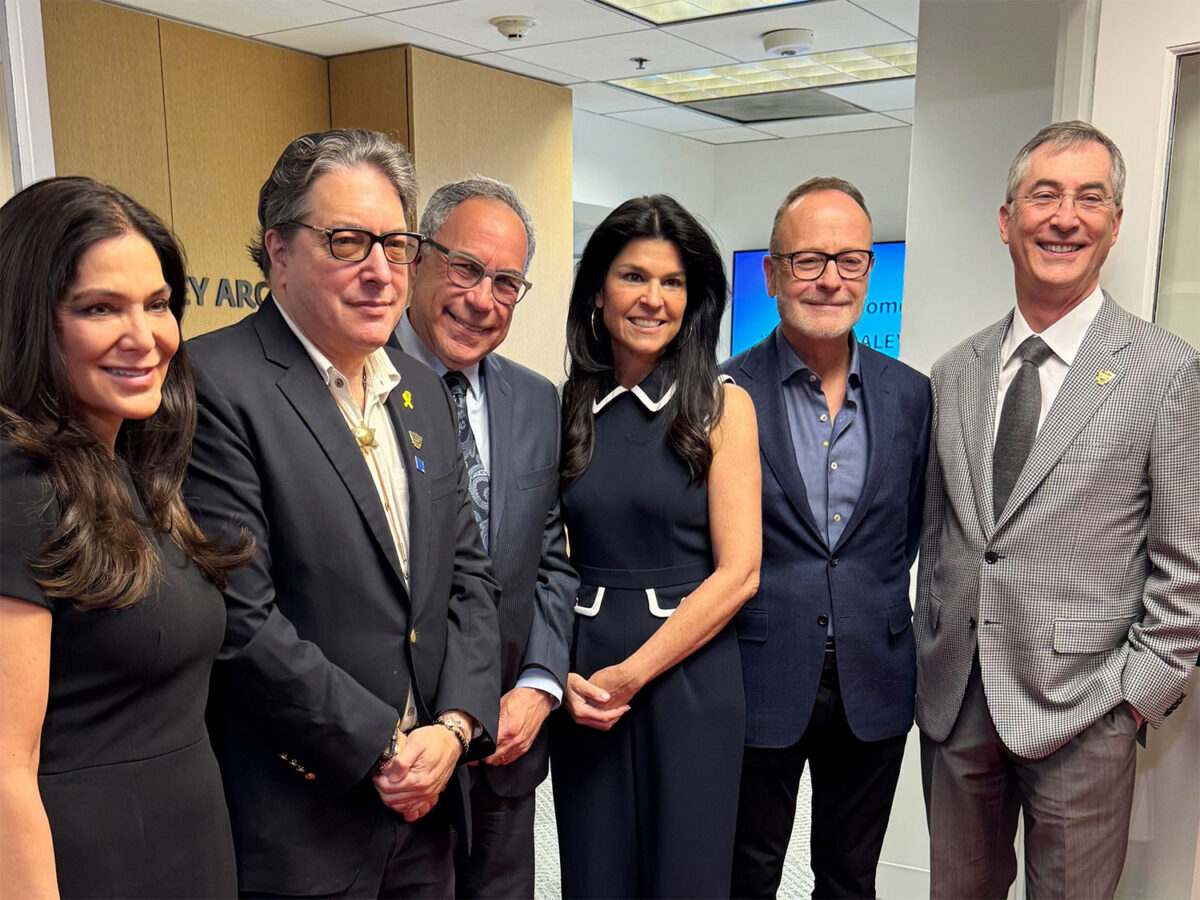As elementary students return to classrooms in Beverly Hills this week, the Courier’s Education Columnist Jennifer Winward, Ph.D. reflects on lessons learned during the past year.
Beverly Hills Courier columnist Jennifer Winward, Ph.D., is a nationally recognized teaching expert, a renowned professor at the University of California, San Diego, and the founder and CEO of Winward Academy (www.winwardacademy.com) an award-winning educational platform supporting middle and high school students with math courses, ACT/SAT prep, and college applications. Dr. Winward has received numerous honors during her 20 years in the field. Her work as an adolescent learning and brain development expert has garnered her recognition as a “Top 5 Female Entrepreneur” by the Women in IT Awards, “Top 40 Under 40” by the San Diego Business Journal, and as the “Most Influential Education Leader” by the San Diego Transcript. Dr. Winward earned her Ph.D. with a dual emphasis in Neuroscience and Developmental Neuropsychology from the University of California, San Diego.
One year ago today, I was in a school cafeteria presenting to hundreds of juniors of Newark, New Jersey’s Great Oaks Legacy High School the day before their scheduled SAT. I’d flown across the country to provide last minute tips and pointers and to get the students fired up for a test they’d been studying for since the prior August. During the course of my presentation, every five minutes or so, the principal or college counselor would graciously interject to announce another SAT site cancellation. By the end of my presentation, every single student’s testing site had been cancelled. We all, like so many, left the school campus that Friday afternoon and haven’t set foot on a school campus since.

No one could have predicted the tumultuous nature of the past year, the deleterious impact to education that we’ll likely be digging ourselves out of for years to come. Even now, as some find themselves returning to school for the first time and others are still waiting to get back, we’re still forming a plan to address the learning loss that was an inevitable side effect of COVID-related school closures.
As someone who spends her life training teachers, leading workshops for teens, and supporting parents, I know the pain and frustration that so many of you feel. And as we all sit here and reflect on the one-year anniversary of school closures, we’re all longing to find anything positive from the past year what is that silver lining, if any.
I’ve dug deep to share some of the positives of a year of distance learning. To be honest, coming up with this list was not easy as the fears and frustrations tend to come more readily to the surface. But I have seen some positives in the past year, not always in the most expected of places, and I’m honored to share them with you in the hopes that we can embrace a ray of hope in our youths’ futures as we all reflect on the past year of school closures.
Developing Self-Advocacy – It’s an incredibly important skill for young people to learn how to advocate for themselves and to communicate clearly. The environment of the past year has forced many to develop this skill earlier than they would have otherwise. I’ve seen many students learn how to better identify their strengths and weaknesses, recognize what they need to be successful, and then communicate that to their teachers, mentors, and parents. Students feel more empowered and confident when they speak up for themselves and gain the tools to navigate their lives.
Learning How to Learn – With so many schools shifting to a model that incorporates less time with a teacher and more time for independent work, students have found themselves needing to figure out what they need to do to access, organize, and retain information. In the education space, we term this experience as “metacognition”– an awareness or understanding of one’s own thinking. Simply put, students no longer had to wait for college to learn how they learn. In this more independent environment, they were forced to figure out how to plan, monitor, and assess their own understanding of concepts to maximize their performance and growth.
Resisting the Urge to Cheat – Educators are fully aware about how rampant cheating has been in this past year. Students put post-its on their laptops for notes during quizzes or create group chats with friends to collaborate and compare answers during tests. The reality is that, when unsupervised, students find themselves enticed by the urge to cheat. That being said, the vast majority of students have risen above this temptation and still take pride in academic honesty. They perhaps got a B+ when everyone who cheated got an A, but they’re proud of that grade because they actually earned it. For many colleges, integrity in academics and in character are prioritized as part of campus culture, and many students have directly experienced why those values are so critical and can speak to that experience in their applications.
Building Soft Skills – Recent times have also given students an opportunity to hone soft skills vital for their futures. While youth tend to be savvy with technology when it comes to swiping and streaming, distance learning has allowed them to gain exposure to use of technology for a more mature, responsible purpose. Many students are expected to stay on camera, mute until talking, ensure their name shows up appropriately, and to be aware of their background and noise. It’s also likely that the 21st century workplace is forever changed, and that remote teamwork is here to stay. We have an entire generation of young people who will be savvier and more comfortable with the global practices shaping future careers. These new skills – coupled with self-advocacy – are contributing to a more entrepreneurial mindset among the young. In a time of crisis and uncertainty, the ability for each of us to think and operate like an entrepreneur, being agile and flexible, is more essential than ever.
Discovering a Niche in Education – While it might be hard to believe, there are some students who have been thriving during remote learning. Without in-class distractions of disruptive students, without bullying, and with less pressure to “fit in,” students who tend to be more shy, hyperactive, anxious, or highly creative have found themselves to be doing better than they were in a physical classroom. Yes, many students are struggling with remote learning, but it is reassuring to know there are some students doing really well.
Rethinking Overextended Schedules – The reality is that many youth and their parents were quite overextended in their schedules prior to COVID. Lunches were filled with club meetings; after school with sports and extracurriculars; weekends with part-time jobs, family obligations, volunteer work, and endless hours of homework. Many students who have seen their jam-packed schedules loosen have been able to rethink their priorities and identify what they really loved doing for themselves. Students often felt an enduring pressure to impress colleges by being overscheduled, and hopefully now they feel more connected to what they actually care about, so they’re able to better understand who they are and what makes them tick.
As we enter our 366th day of virtual school, there are still many unknowns of what’s to come in education. Will schools shift bell schedules to give students more opportunity to sleep? Will schools continue hybrid models (as Beverly Hills is doing) allowing some students to learn online while others return to school? How will schools assess students and develop interventions to address areas of learning loss? At this point, I know most are still trying to open their doors, but as the crisis subsides, it will be interesting to track if students return to the classroom to continue the status quo or if we will have found a better alternative.







